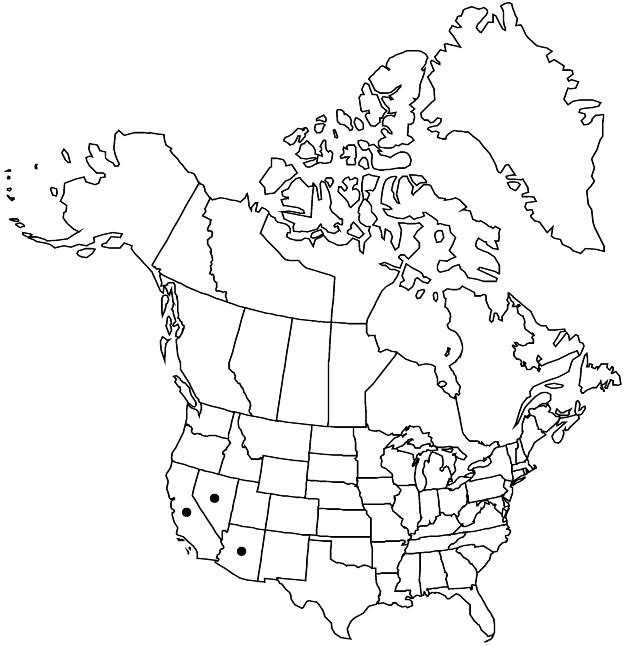Rumex salicifolius
Flora 4: 28. 1821.
Plants perennial, glabrous, with vertical rootstock. Stems erect or ascending, usually producing axillary shoots below 1st-order inflorescence or at proximal nodes, 30–60 (–90) cm. Leaf-blades linear-lanceolate, occasionally almost linear, 5–13 × (0.5–) 1–2.5 cm, usually ca. 7 or more times as long as wide, widest near middle, thin, occasionally subcoriaceous, base cuneate, margins entire, flat or rarely slightly crenulate, apex acute or attenuate. Inflorescences terminal and axillary, terminal usually occupying distal 1/5–1/3 of stem, rather lax, interrupted in proximal 1/2, or almost to top, usually narrowly paniculate (branches normally simple and short). Pedicels articulated in proximal 1/3 or almost near base, filiform (slightly thickened towards base of tepals), 3–5 mm, not more than 2–2.5 times as long as inner tepals, articulation indistinctly swollen. Flowers 7–20 in whorls; inner tepals broadly triangular, (1.8–) 2–2.5 (–3) × 1.5–2.1 mm, base broadly cuneate or truncate, margins entire or indistinctly erose, apex acute; tubercle 1, large, subequal or slightly narrower than inner tepals (then free margins of inner tepal distinctly narrower than tubercle), smooth or indistinctly verrucose. Achenes dark reddish-brown, 1.8–2 × 1.1–1.3 mm. 2n = 20.
Phenology: Flowering late spring–early summer.
Habitat: Shores of streams and rivers, wet mountain meadows, and rocky slopes
Elevation: 0-3000 m
Distribution

Ariz., Calif., Nev., n Mexico (Sonora)
Discussion
Rumex salicifolius occurs mostly in southern and central California; it has been reported also from adjacent parts of Arizona (N. M. Sarkar 1958) and Nevada (J. T. Kartesz 1987, vol. 1). The name R. salicifolius has been applied in a broad sense to nearly all species of subsect. Salicifolii, including even mostly Asian R. sibiricus. Rumex salicifolius appears to be most closely related to R. californicus and R. utahensis.
Selected References
None.
Lower Taxa
"/2" is not declared as a valid unit of measurement for this property."+-2.5timesaslongasinnertepals" is not declared as a valid unit of measurement for this property.